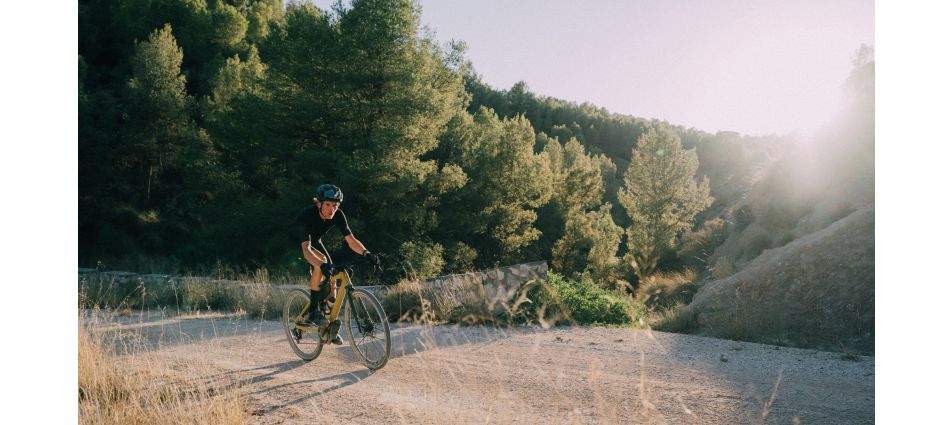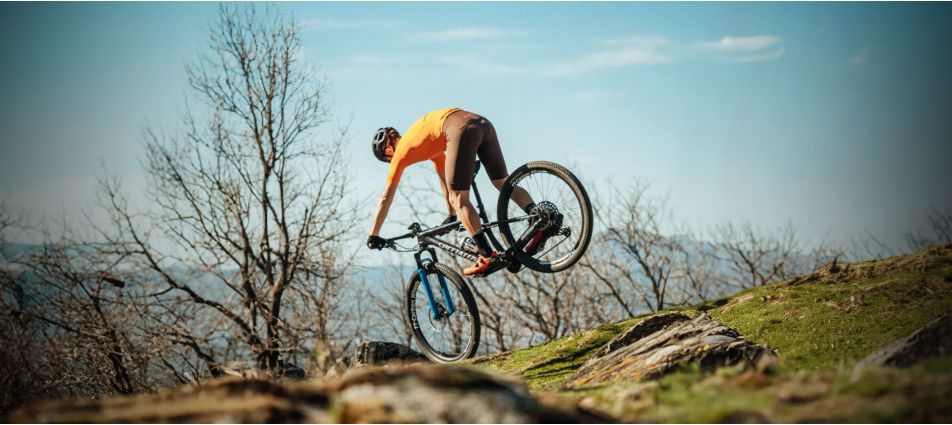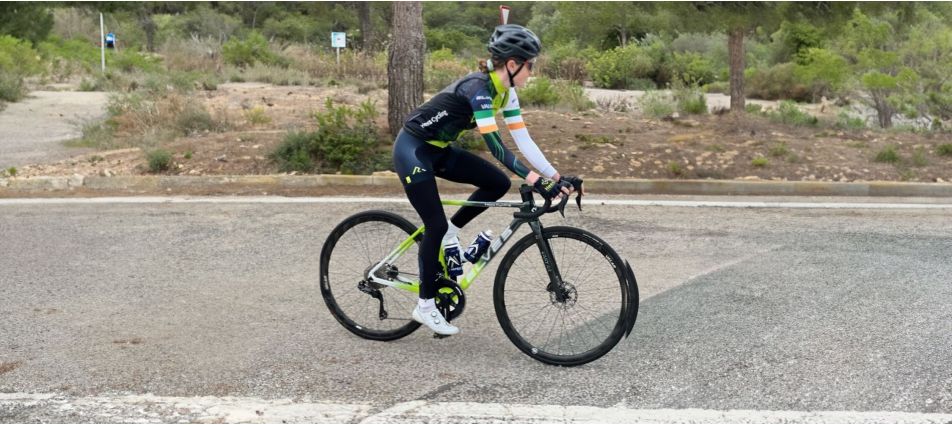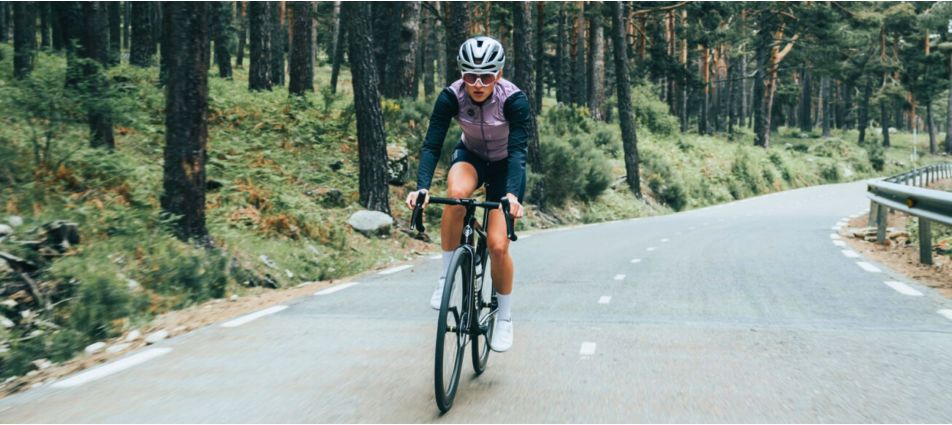The World´s Lightest (& Functional) Gravel Bike?
Gravel has become one of the most popular disciplines in the world. CX competitions and independent gravel races have been booming for the last 5 years, although gravel began to be relevant not many years ago, if we look a little further and go back to 1903, we find the first Tour de France. This competition in its beginnings had stages of 300 to 400 kilometres where each cyclist carried his own equipment, the bicycles were made of very resistant materials, they covered big slopes over mostly uncovered terrain, that is what we call gravel in all its essence.
In this article, we will take a closer look at possibly the "lightest" gravel bike in the world and what components are used to achieve this result.


What is gravel cycling?
Gravel is a form of adventure cycling, which allows the same bike to move easily from paved roads to unpaved terrain, this opens up a world of infinite possibilities, we can discover new places, landscapes and corners to which we would not have access on a road bike.
So we consider the gravel as an interesting mix between road and MTB, as it allows us to have the best of both disciplines and enjoy various routes without the restrictions that appear by the geometry or components of our bike. We no longer have to decide between MTB and road, between asphalt and unpaved roads, now we can enjoy a more versatile and dynamic cycling thanks to gravel.
What does a gravel bike look like?
They are bikes that are very similar in geometry to road bikes but with some differences that allow them to cope with a wide variety of surfaces, carry additional equipment such as panniers, panniers, bikepacking, among others, and at the same time provide comfort for long journeys.
They are also designed and built to be more durable and robust than a standard road bike, have a wider gear range and more space in the front and rear forks to fit much wider or narrower shells as appropriate.
These are the main characteristics of gravel bikes:
· Longer axle spacing for greater stability.
· Increased frame height to avoid hitting the cranks.
· Increased fork and fork clearance for wider shells.
· More relaxed steering angle for greater comfort.
· Disc brakes for greater safety when braking on rough terrain.
· They have smoother gear ratios, similar to those used in MTB.
· They can be fitted with lugs for greater grip.
What components were used for this bike
Before showing everything that this bike has, it is necessary to know the different parts that compose it in order to select the best components to make an ultra-lightweight option.
Bike frame
This is the central element of the bicycle, and where the rest of the components are attached. Most bicycle frames are made of aluminium, iron or carbon fiber in the most modern ones.
Drivetrain
Consists of the parts that help you to move the bike. The drivetrain is part of the groupset, which also includes the shifters and brakes.
Handlebars
This is the part that we will be controlling with our hands. Its main function is the steering, and there are several types: straight, short, long or some with curved design, depending on the type of bike, and you can also change them, depending on the use you want to give it.
Saddle
It is the seat of the bike, connected to the frame by a seat post, and it is also highly recommended to consider the quality, both for safety and long-term comfort.
Full specifications of the bike:
In this section, we will take a brief look at all the installed components:
- · Frameset: Syre Punkcake
- · Wheelset 1: Lightbicycle AR25 + H-Works hubs + Sapim Super spokes
- · Wheelset 2: Lightbicycle WR35 + H-Works hubs + Sapim Laser spokes
- · Tyres: Challenge Gateway 40mm and Schwalbe Furious Fred 29x2.0"
- · Tubes: Tubolito CX/Gravel
- · Saddle: Bjorn Setka
- · Seatpost: Bjorn Glagol
- · Handlebars: PRO discover carbon
- · Shifters: SRAM Rival AXS
- · Rear mech: SRAM Red AXS XPLR
- · Cranks: SRAM Red DUB
- · Chainring: Garbaruk 42T
- · Cassette: ROTOR 11-46T, 12 speed
- · Chain: SRAM XX1 Eagle
- · Brake callipers: Hope RX4 (+20mm)
- · Brake rotors: Shimano XT 160mm
- · Pedals: Crankbrothers Egg Beaters 11
Thanks to @TwistedWheels and @gcn for making this possible.
Happy Riding #ROTORian




